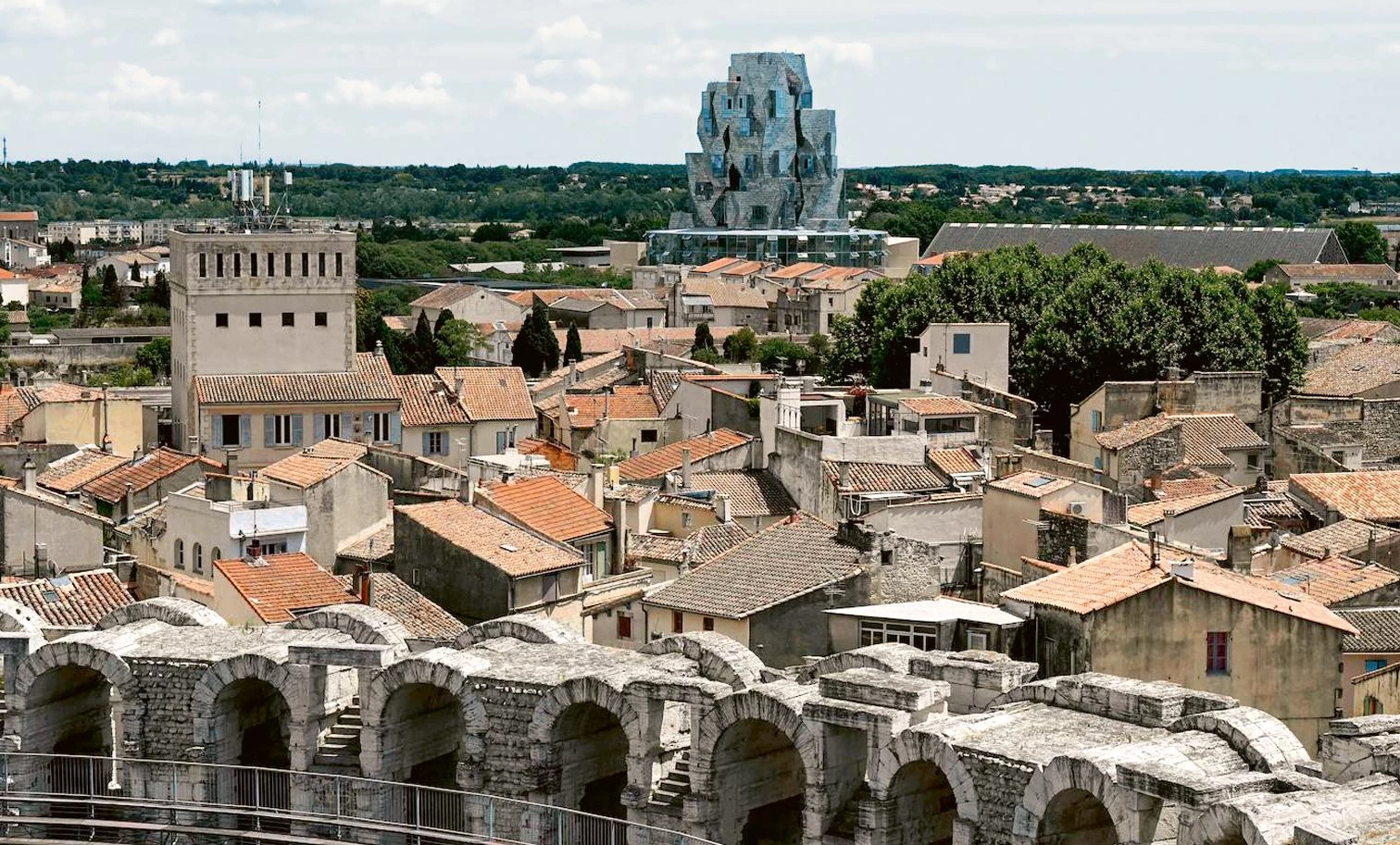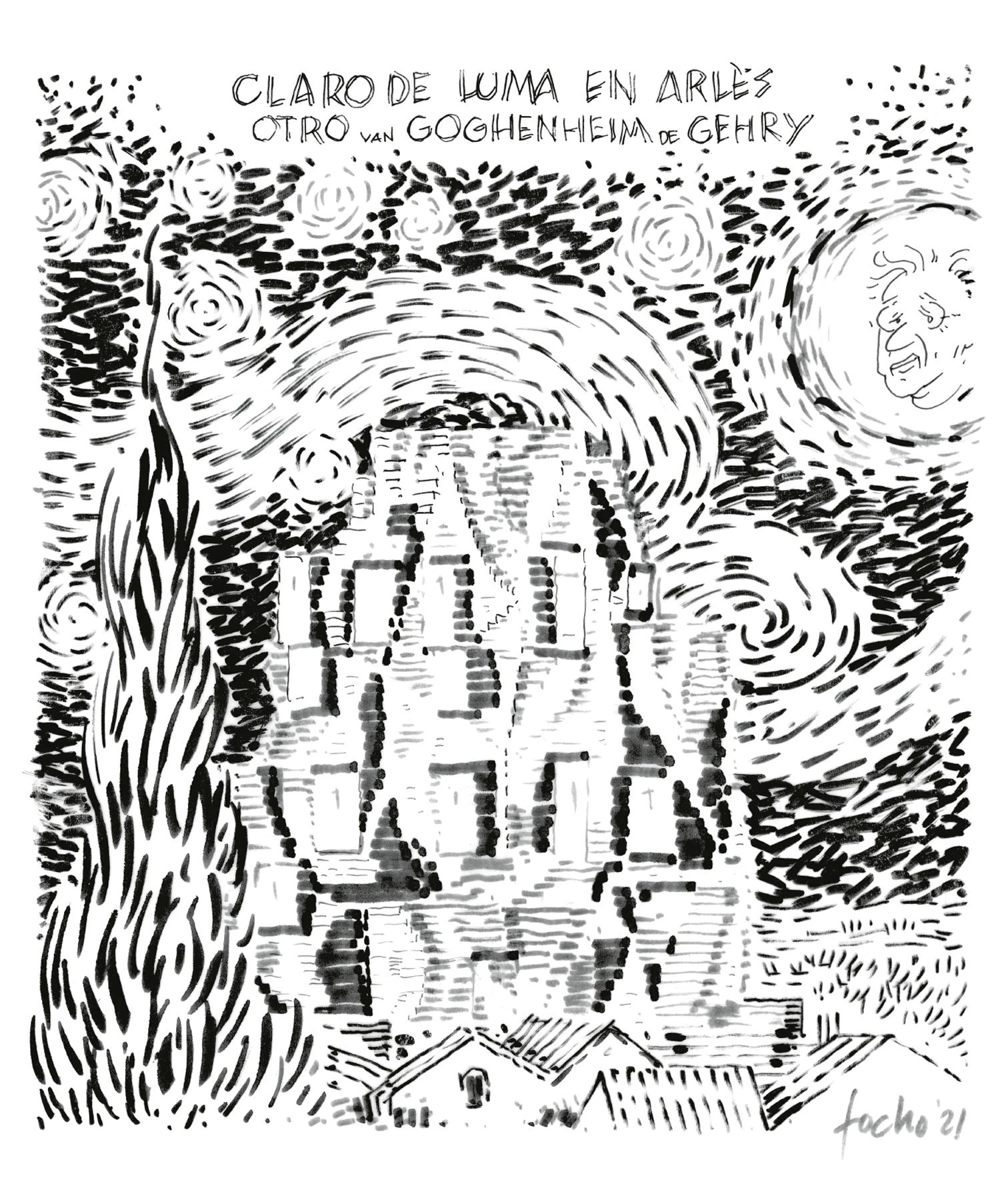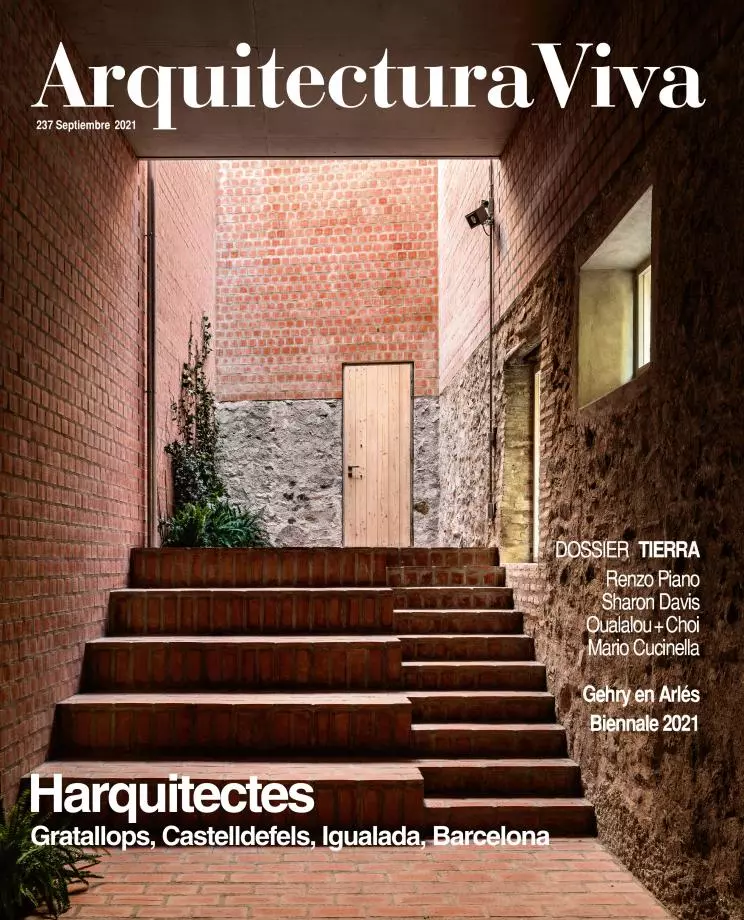
Heretofore Arles was known for its Roman amphitheater, the same one that Aldo Rossi mentioned as an example of urban permanence. Henceforth – and as a symbol of there really being nothing permanent – the historical and rather depressed city of Arles will have a monument created not by time, but by the unstoppable coming together of a powerful art patron, Maja Hoffmann, and a true artist, Frank Gehry: the Tour du Parc des Ateliers, or, more factually, ‘Gehry Tower.’
Polyhedric mountain evoking visions of Bruno Taut, pixeled druse making allusions to Van Gogh, soft totem that would have delighted Dalí, the Gehry Tower is the crowning point of a new complex, covering eight hectares, of old railway barracks now to be used for the promotion of culture. It is therefore almost impossible for anyone not to see it as what it perhaps intended to be from the very start: a late version – sustainable, naturally, thanks to the parks, ponds, and photovoltaic panels – of the museum that gave Gehry world fame, the Guggenheim of Bilbao. Indeed, being like an armored phallus with 10,752 pieces of stainless steel glimmering in the bucolic landscape of the Provence region, the tower is the landmark – the visual mirage – that all Instagrammers crave to capture in their travels. It’s hard not to acknowledge Gehry’s gift for creating a cultural fetish so powerful as to give Arles, ipso facto, a second and perhaps flourishing life in the circuit of digital icons. But, acknowledgments aside, an uncomfortable question lingers in the air: was it really necessary?






